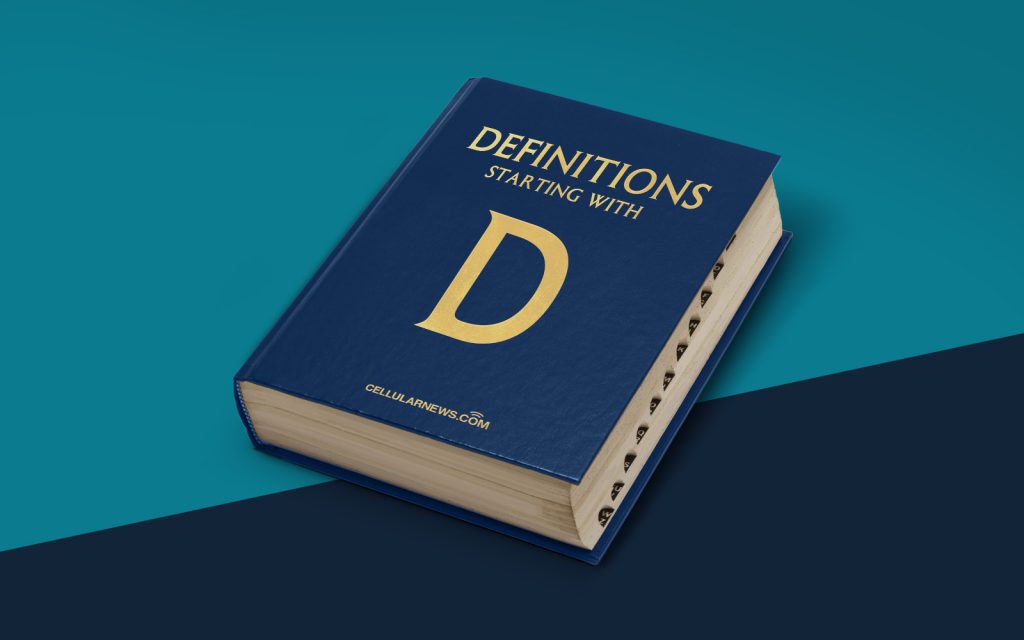
Understanding the Diode: A Key Component in the World of Electronics
Have you ever wondered what a diode is and what it does? Well, you’re in luck! In this article, we will explore the fascinating world of diodes and their importance in the field of electronics.
Key Takeaways
- A diode is an electronic component that allows current to flow in only one direction.
- It is made up of a semiconductor material with a P-N junction, and it works by allowing current flow in one direction while blocking it in the opposite direction.
What is a Diode?
A diode is an electronic component that allows current to flow in only one direction. It is often referred to as a one-way valve for electricity. Diodes are widely used in various electronic devices, including computers, smartphones, and televisions.
How Does a Diode Work?
A diode consists of two terminals: an anode and a cathode. It is made up of a semiconductor material, such as silicon or germanium. The semiconductor has one region of material called the P-type (positive) and another region called the N-type (negative).
When a voltage is applied across the diode, the P-type region becomes positively charged, while the N-type region becomes negatively charged. This creates a depletion region where no current can flow. However, when the diode is forward-biased, meaning the positive voltage is connected to the anode and the negative voltage to the cathode, the depletion region becomes thin enough for current to flow.
On the other hand, when the diode is reverse-biased, meaning the positive voltage is connected to the cathode and the negative voltage to the anode, the depletion region widens, blocking the current flow.
Applications of Diodes
Diodes have a wide range of applications in electronics. Here are some of the common uses:
- Rectification: Diodes are used to convert alternating current (AC) to direct current (DC) by allowing current flow in one direction only.
- Signal Demodulation: Diodes are used in radio receivers to demodulate the high-frequency carrier waves and extract the original audio signal.
- Waveform Clipping and Clamping: Diodes can be used to clip or clamp a waveform by limiting its amplitude or shifting its DC level.
- Power Supply Protection: Diodes are used in power supplies to protect sensitive components from voltage spikes or reverse polarity.
- Light Emitting Diodes (LEDs): LEDs are a type of diode that emits light when a forward voltage is applied. They are used in lighting, displays, and indicators.
These are just a few examples of how diodes are used in various electronic devices and systems. Their ability to control the flow of current makes them an indispensable component in modern technology.
In Conclusion
Diodes play a crucial role in the field of electronics by allowing current to flow in only one direction. They can be found in a wide range of devices, from simple household appliances to complex electronic systems. Understanding the basic principles of diodes and their applications gives us a glimpse into the intricate world of electrical engineering.
